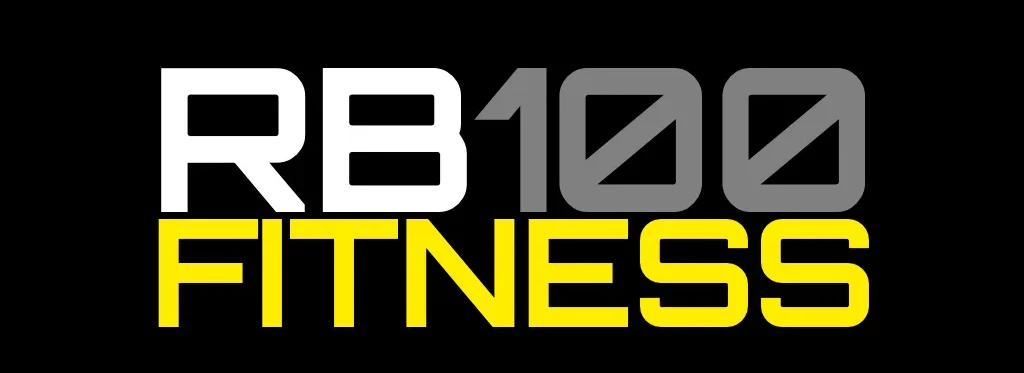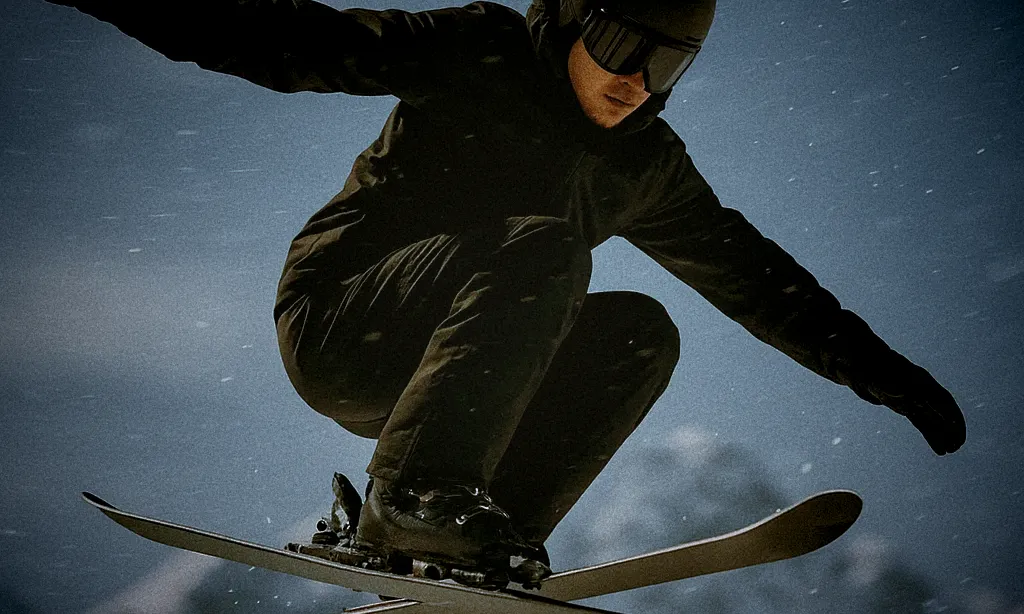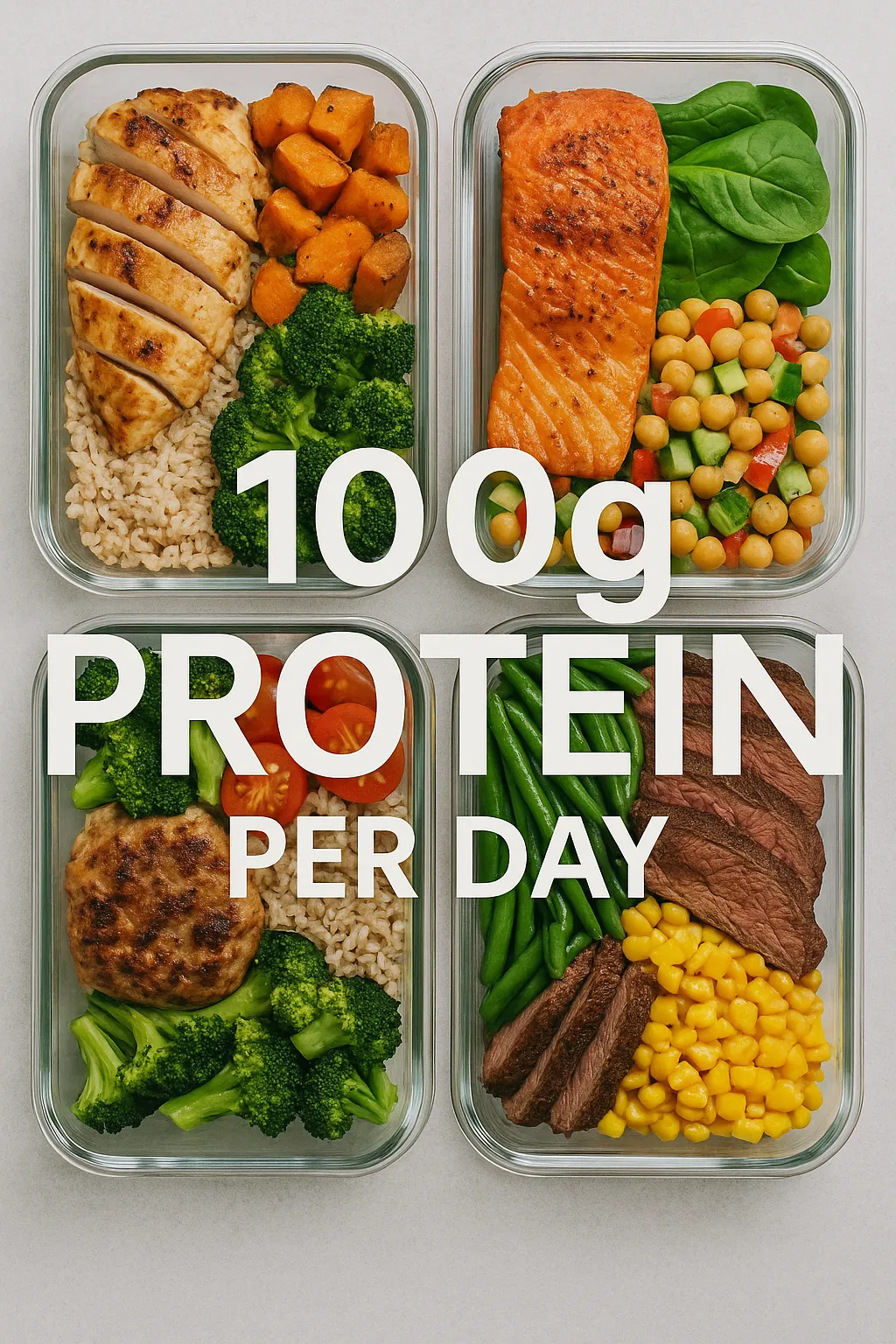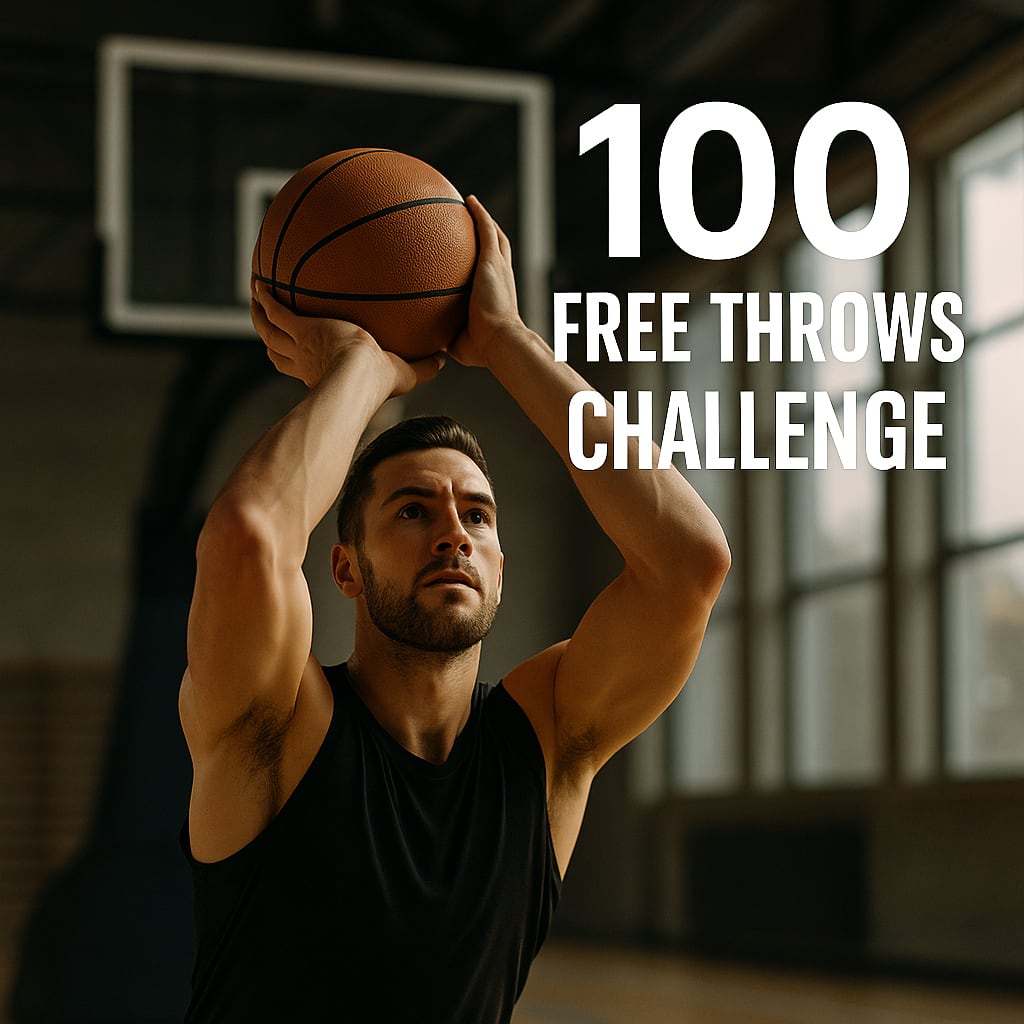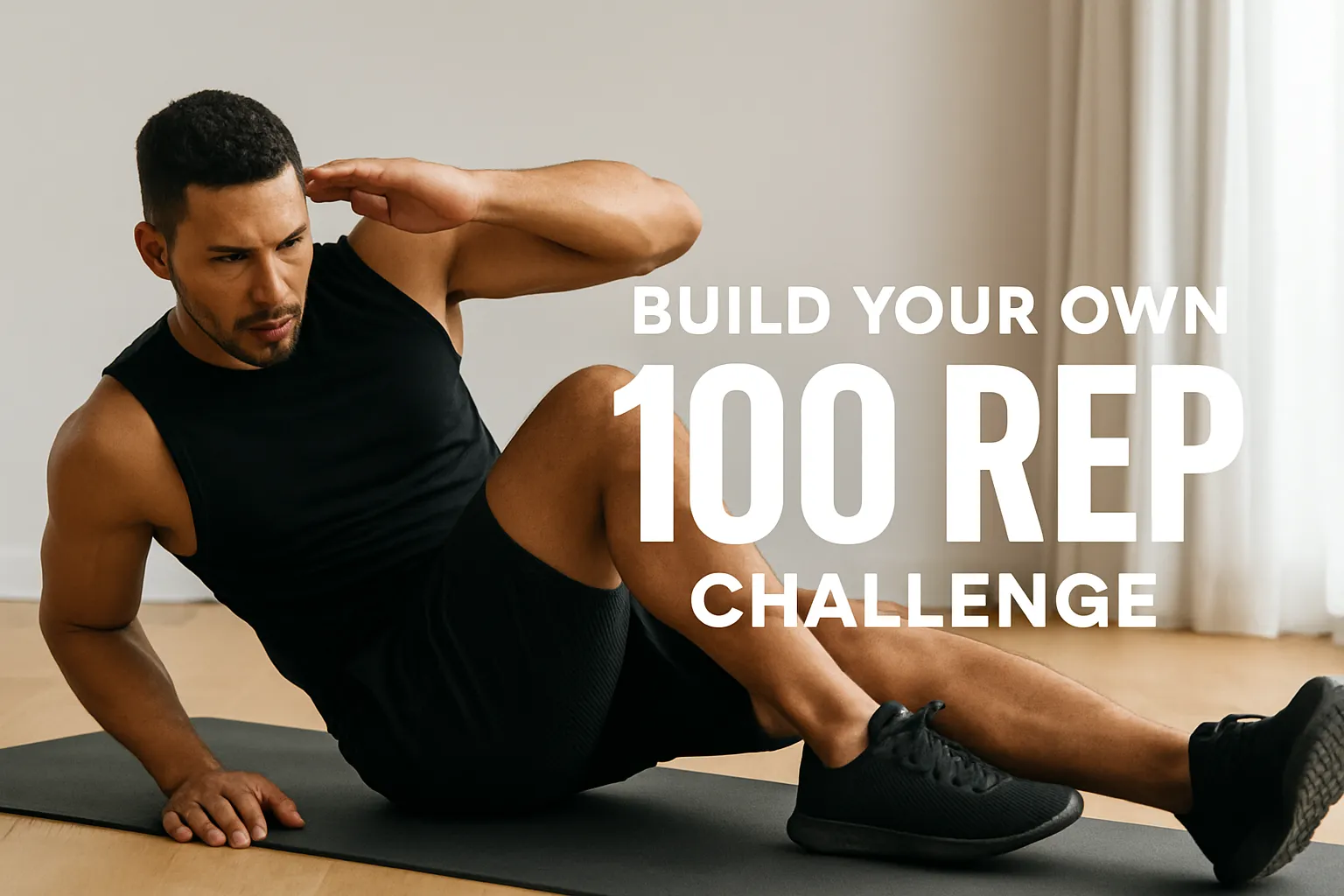There’s a feeling athletes chase that goes beyond results. It’s not adrenaline, not motivation it’s something deeper. When you’re moving with precision, reacting instinctively, and time slows down, you’ve entered the flow state.
It’s rare, but it’s trainable. And once you’ve felt it, you’ll spend your career trying to return.
I first experienced it on a snow ramp at the 1998 Winter Olympics. The crowd noise vanished, my thoughts disappeared, and my body just… moved. I wasn’t thinking about the jump. I was inside it. That’s flow and it’s as real in the gym as it is on the mountain.
The balance between challenge and skill
Flow happens when your skill level meets the edge of your ability. Too easy, and you drift. Too hard, and you panic. But right in that narrow space where success feels just out of reach your focus locks in completely.
Sports psychologist Mihály Csíkszentmihályi described this as “the optimal experience.” It’s the sweet spot where mind and body align perfectly.
For training, that means setting targets that stretch you, but not so far that your form collapses or frustration takes over.
- In strength work, aim for controlled discomfort.
- In conditioning, seek rhythm, not chaos.
- In skill drills, build mastery through repetition before adding intensity.
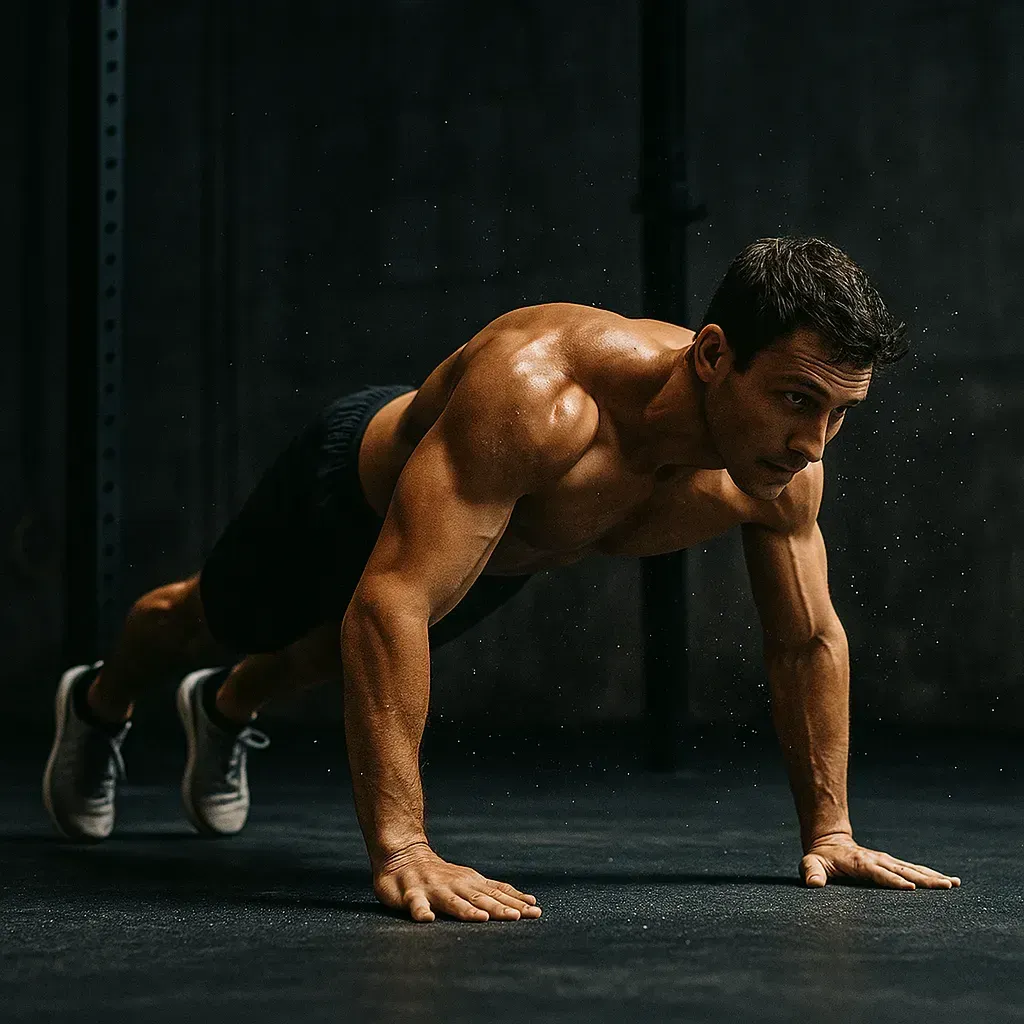
Flow in functional fitness
Events like HYROX and CrossFit create ideal environments for flow. The blend of structure and unpredictability forces athletes to adapt quickly, but stay composed.
When you hit that rhythm on the SkiErg, when your wall ball reps sync with your breathing, when the noise of the room fades and it’s just you and the next target that’s flow.
At RB100.Fitness, we call this controlled chaos. It’s where consistency meets instinct, and progress happens almost unconsciously.
“Data doesn’t lie.”
— RB100.Fitness
If your best performances come when you’re not overthinking, you’re already training flow.
How to train for flow
- Simplify the environment. Too many distractions kill focus.
- Set clear goals. Flow thrives on clarity know exactly what you’re trying to achieve.
- Control breathing. Steady breath equals steady movement.
- Reflect after sessions. Flow leaves clues. Journalling helps you recreate it.
Training apps and wearables can help you track the physiological signs of flow steady heart rate variability, smooth pacing, and low perceived exertion even at high output. For tools that assist, visit Habits, Tech & Mindset.
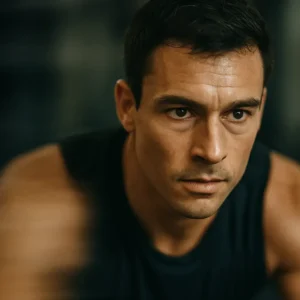
The takeaway
Flow isn’t mystical. It’s the result of preparation, focus, and self-awareness. The next time you train, aim to feel your way through the session instead of forcing it.
That’s the art of controlled chaos where discipline meets instinct, and performance feels effortless.
